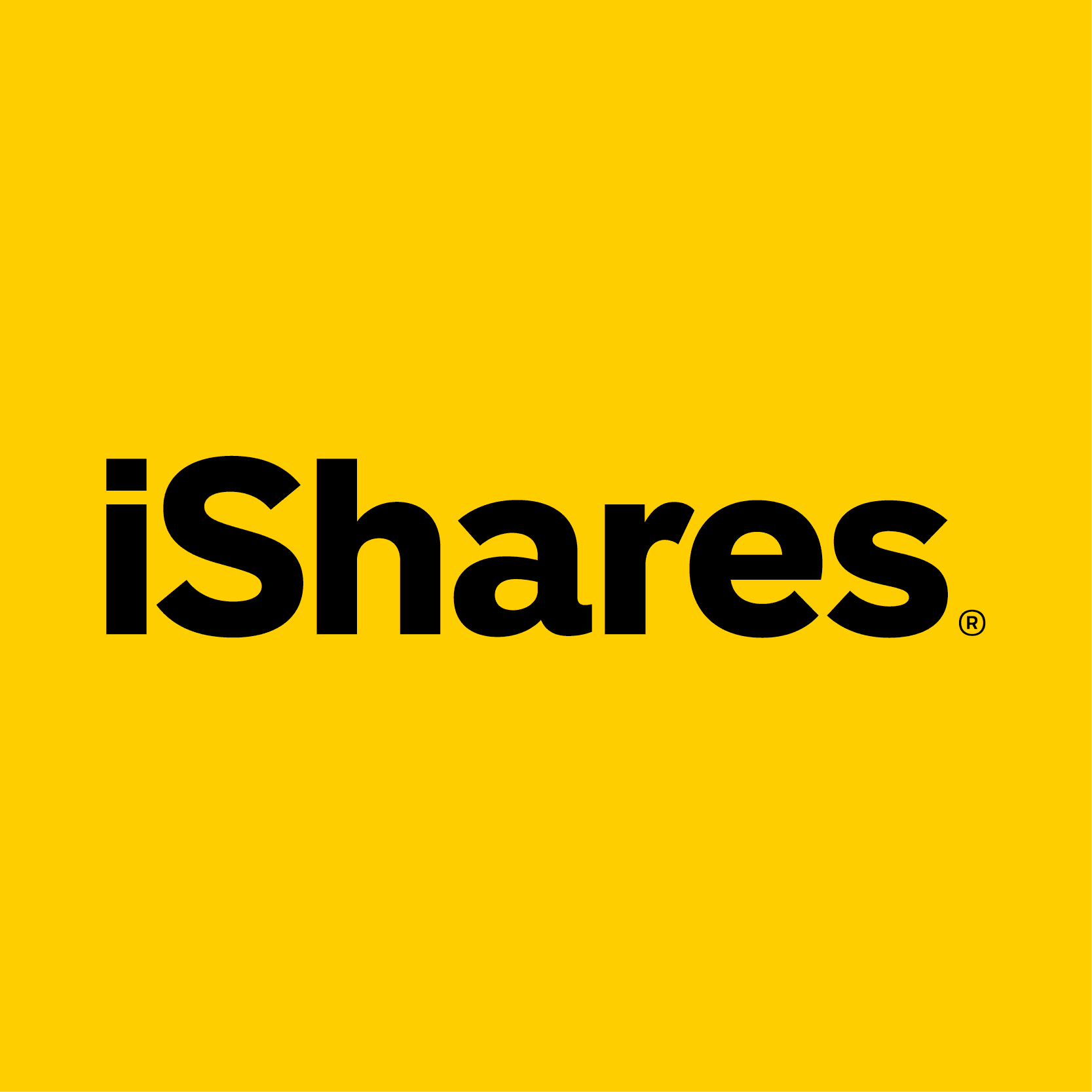
In collaboration with
iShares by BlackRock, a global leader in ETFs
Exchange traded funds are collections of stocks, bonds, or other investments, essentially combining the diversification benefits of a mutual fund with the flexibility of single stocks.
Discover the basics of how ETFs work, along with their benefits and risks, in this beginner’s guide.
If you’re just starting your investing journey, you may be overwhelmed by all of the options to invest in. Without the right knowledge, it can be intimidating to start managing your portfolio yourself.
Exchange-traded funds are a great place to start for newer investors — they can provide access to multiple markets with minimal fees and diversification.
In this guide, we’ll discuss the fundamentals of ETFs: What they are, how they work, and why you may want to consider investing in them.
What are ETFs?

Exchange-traded funds, or ETFs, is a type of investment that seeks to tracks the performance of a specific stock market index, industry sector, or asset. You can buy and sell ETFs through a brokerage firm on a
Think of an ETF like a basket of investments. Instead of investing in each individual investment, each with its own fees and levels of
ETFs are similar to mutual funds, but with a few key differences. Like a mutual fund, ETFs are a collection of stocks and bonds. Most mutual funds are actively managed; however, most ETFs seek to track the performance of an index, which is one reason why ETFs typically have lower fees than mutual funds.
ETFs also fluctuate in price and can be traded throughout the day, while mutual fund trades are only completed at the end of the day. This gives investors greater control over managing their portfolio and better access to the changing market conditions.
There are many different types of ETFs for virtually any asset class, including stocks, bonds, real estate. We’ll dive into that later on.
Why you may want to invest in ETFs

ETFs provide access to both large and small businesses across the globe in various industries, allowing you to benefit from diverse growth opportunities. They provide immense flexibility, offering the chance to tailor your portfolio to fit your preferences.
For example, you could invest in a specific sector — like healthcare or technology. Or, you could invest in a particular trend (known as thematic investing), like climate change or artificial intelligence.
ETFs can offer you instant diversification without worrying about having to select the right individual stocks.
What are the benefits of ETFs?

Exchange-traded funds are increasingly being adopted by many investors for a variety of reasons.1 Some of the benefits of ETFs include:
- Diversification: An ETF typically holds hundreds of individual securities, meaning you get exposure to many markets and asset classes at once. This helps reduce the risk of large losses from an individual security or company.
- Easy management: ETFs are very easy to buy and sell on an exchange and often come with low minimums.
- Low costs: The cost of owning ETFs is considerably lower than managing a traditional mutual fund portfolio because most aren’t actively managed. Investors can construct portfolios quickly and easily without having to pay the extra fees associated with actively-managed funds.
- Tax efficient: Because ETFs trade less frequently than actively managed funds, they tend to generate fewer
capital gains and less tax consequences for the investor. This allows investors to keep more of what they earn over time.
1 “Increasingly being adopted” is substantiated by the fact that ETF industry AUM has grown to $9.2tn as of 2022 since their inception in 1993. Source: Bloomberg and BlackRock.
Risks to investing in ETFs
There are some considerations before you invest in ETFs. While they’re typically less risky than investing in individual stocks, ETFs are not without risk. Investors must understand their potential exposure and the types of risks they may face:
- Market risk: Like most investments, you can’t guarantee how an ETF will perform. If investment prices drop due to market conditions, the price of the ETF will drop as well.
- Liquidity risk: While ETFs are typically more
liquid than mutual funds, investors may find difficulty selling the fund quickly without loss during periods of volatile trading. - Tracking error: Tracking error refers to how well an ETF tracks its index. A lower tracking error, for instance, means that the ETF is tracking its index relatively well. Tracking error is important because in some situations, an ETF’s performance does not match its underlying index. This may lead to discrepancies between the fund’s performance and its benchmarks.
Being educated on such risks can help limit your overall losses while potentially maximizing your gains. Adopting a long-term investment strategy can also help reduce your risk. In the short term, stocks can be highly
Alternatives to ETFs
ETFs are just one way to invest. There are many assets similar to ETFs you could consider adding to your portfolio, depending on your risk tolerance and financial goals:
- Individual stocks
- Active mutual funds
- Index mutual funds
We’ll explore why you might choose an ETF over these assets in a different article.
How to get started investing with ETFs
One potential first step to investing in ETFs is to assess your goals and determine your risk tolerance. Before creating a plan, it’s important to do thorough research so that you can make informed decisions on the best investments for you. Here are a few tips to getting started:
- Stay informed. Keeping up with industry news and trends can help you identify a sector or theme you want to invest in.
- Understand the fees associated with certain ETFs (FYI: eToro doesn’t charge special fees, such as commissions, for investing in ETFs).
- Track past performance of the ETF you’re researching and decide if it aligns with your personal investing goals and values, but always remember, past performance is no guarantee of future results.
- Consider what the ETF is tracking. Is it following the broader market or a specific industry?
Ultimately, creating a balanced portfolio of investments combined with an understanding of your goals may help you select the most suitable ETF(s) for you.
Conclusion
Exchange-traded funds offer a great way for beginners to get started in the stock market. While they are not completely without risk, ETFs offer many advantages and it’s likely you can find one to match your specific investment goals.
With the sheer amount of ETFs available it may be hard to choose, but taking the time to do research and create a plan can help you reach your goals.
One way to align your goals with your portfolio is through eToro’s virtual portfolio. Get started with ETFs here.
About iShares by BlackRock
iShares unlocks opportunity across markets to meet the evolving needs of investors. With more than twenty years of experience, a global line-up of 1300+ exchange traded funds (ETFs) and $3.12 trillion in assets under management as of September 30, 2023, iShares continues to drive progress for the financial industry. iShares funds are powered by the expert portfolio and risk management of BlackRock.
This communication is in collaboration with iShares by BlackRock. BlackRock and iShares are trademarks of BlackRock, Inc. or its affiliates (together “BlackRock”). BlackRock does not sponsor or endorse any content outside the ETF Academy and is not affiliated with eToro or any of its affiliates.
This communication is for information and education purposes only and should not be taken as investment advice, a personal recommendation, or an offer of, or solicitation to buy or sell, any financial instruments. This material has been prepared without taking into account any particular recipient’s investment objectives or financial situation. Any references to past or future performance of a financial instrument, index or packaged investment product are not, and should not be taken as, a reliable indicator of future results.
eToro encourages its customers to carefully consider the funds’ investment objectives, risks, and charges and expenses carefully before investing. This and other information can be found in the funds’ prospectuses or, if available, the summary prospectuses which may be obtained by visiting each fund company’s website or www.sec.gov/edgar/search. For iShares Funds, please visit www.iShares.com/prospectus. Read the prospectuses carefully before investing.
Investing involves risk, including possible loss of principal. Diversification and asset allocation may not protect against market risk or loss of principal. There can be no assurance that an active trading market for shares of an ETF will develop or be maintained. Transactions in shares of ETFs may result in brokerage commissions and may generate tax consequences. All regulated investment companies are obliged to distribute portfolio gains to shareholders.
Securities trading is offered by eToro USA Securities Inc., member of FINRA and SIPC, a self-directed broker-dealer that does not provide recommendations or investment advice. Visit our Disclosure Library for additional important disclosures including our Customer Relationship Summary and order routing information and statistics. FINRA Brokercheck © 2023.


